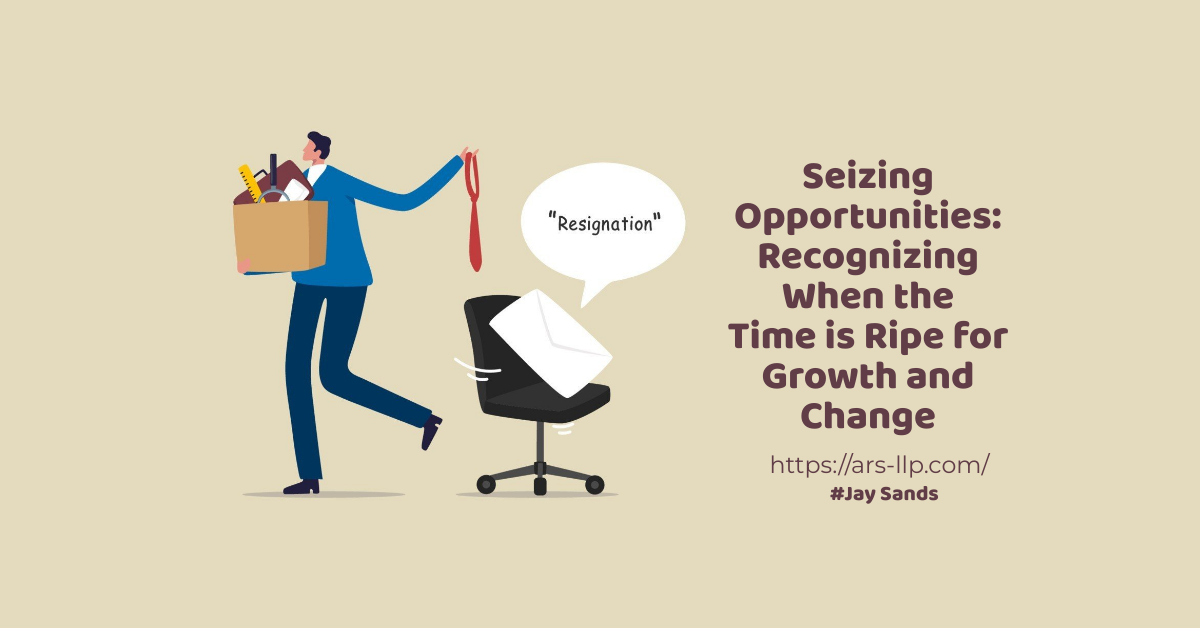
In today's fast-paced and ever-evolving business landscape, competition is often viewed as a driving force behind innovation, growth, and success. While healthy competition can indeed fuel motivation and foster improvements, an excessive focus on competition within an organization can have far-reaching consequences that may ultimately outweigh its benefits. This blog delves into the dynamics of balance competition within organizations and explores the potential consequences that can arise.
Competition has long been recognized as a catalyst for progress. When harnessed effectively, healthy competition can lead to:
Competing to excel in a specific area can encourage employees and teams to push their limits, resulting in increased productivity, creativity, and innovation.
Competition can drive individuals and teams to seek out new ways of solving problems and achieving goals, fostering a culture of innovation.
The prospect of recognition and rewards through competition can motivate employees to consistently strive for improvement, raising overall morale and engagement.
A competitive environment encourages a continuous cycle of improvement, where individuals and teams consistently seek to outdo their previous achievements.
The Dark Side of Excessive Competition
However, when competition becomes excessive or unbalanced, it can give rise to a range of negative consequences that undermine the very goals it aims to achieve
Intense competition can lead to heightened stress levels and burnout among employees. The pressure to outperform peers can create an unsustainable work environment.
: Excessive competition might hinder collaboration and knowledge sharing, as individuals become more focused on outshining their colleagues rather than working together toward common goals.
In an overly competitive atmosphere, employees might become risk-averse, fearing that any failure could harm their standing. This hampers the willingness to explore innovative ideas that carry inherent risks.
A relentless focus on immediate results to outdo others can lead to a neglect of long-term strategies and sustainable growth initiatives.
Instead of motivating employees, excessive competition can demoralize them. Those who consistently fall short may experience a decline in self-esteem and job satisfaction.
Striking the Right Balance
Achieving a healthy balance of competition within an organization is crucial. Here are some strategies to foster a competitive yet supportive environment
Ensure that performance goals are transparent, achievable, and aligned with the organization's mission. This clarity can help employees understand what's expected of them and reduce unnecessary rivalry.
Ensure that performance goals are transparent, achievable, and aligned with the organization's mission. This clarity can help employees understand what's expected of them and reduce unnecessary rivalry.
Promote a collaborative culture where teamwork and knowledge-sharing are valued as much as individual achievements. Recognize and reward both collaborative efforts and individual accomplishments.
Instead of solely focusing on the outcome, recognize and celebrate the effort and progress that employees make. This approach encourages continuous learning and growth.
Create an atmosphere where calculated risks are encouraged, and failures are seen as opportunities for learning and improvement.
Implement wellness initiatives that address employee stress and burnout. Encouraging work-life balance and providing resources for mental and physical well-being can mitigate the negative effects of excessive competition.
Conclusion
Competition undoubtedly has its merits within an organizational context, driving individuals and teams to excel and innovate. However, striking the right balance is crucial to prevent the negative consequences of excessive competition. By nurturing a culture that values collaboration, personal growth, and well-being, organizations can harness the power of competition while ensuring that its downsides are kept in check. Ultimately, a holistic approach to competition can lead to sustained success, employee well-being, and a thriving organizational ecosystem.
Author
-
He is the Chief Operating Officer at ARS. With an innate sense of creativity and innovation, Jay boasts a deep intuition for the economy, clients, and team dynamics. Thriving under pressure and known for his exceptional organizational skills, he masterfully juggles time and tasks. Forever eager to evolve professionally, Jay tackles every challenge with unmatched zeal and an ever-present smile.
View all posts
Post a comment Cancel reply
Related Posts
Seizing Opportunities: Recognizing When the Time is Ripe for Growth and Change
Most of us are loyal to where we work, but when is enough is enough?…
The Role of Risk-Taking in Successful Recruitment: Lessons from Decision-Making
Let’s face it, recruitment can feel like a high-wire act. We’re constantly balancing the need…
From Recruiter to Influencer: Power Moves for Impactful Leadership in TA
Have you ever dreamt of going from sourcing resumes to shaping the conversation in talent…
The Unsung Heroes – Production Operators
Introduction: Recognizing the Unsung Heroes: Everyone buys products these days, whether it is something essential…







